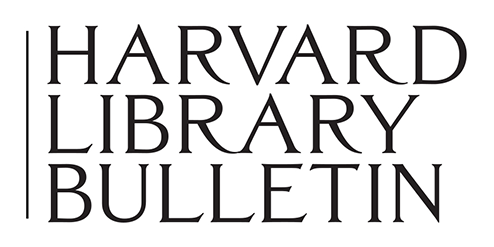Fernando Zobel de Ayala
In this highly entertaining essay (HLB 9.1, Winter 1955), Fernando Zobel de Ayala describes an 18th century manuscript held by Houghton Library that testifies to “one of the most grotesque chapters in the history of calligraphy.” On February 3, 1758, a newspaper in Madrid printed a notice by an anonymous figure, who announced he possessed singular skill and talent at calligraphy, and penmanship “so neat and accurate as to cause the copy to be mistaken for the original.” He then challenged anyone in Europe to best him.
Unable to resist was Don Francisco Javier de Santiago y Palomares, one of Spain’s preeminent calligraphists, “as accomplished, as stubborn, as pompous a man as ever wrote a beautiful hand.” In accepting the challenge Palomares entered into an epistolary war, waged through personal letters and the newspaper, that escalated over a period of months—especially after the challenger’s identity was revealed as Don Alexandro Ponce de Léon, an Andalusian gentleman “utterly devoid of calligraphic skill.” Eventually, Palomares was persuaded to cease his increasingly vitriolic communiqués, but apparently continued to re-hash the event: three years later, he bound the correspondence, newspaper notices, and the practice sheets he had written to intimidate Ponce into a manuscript (abbreviated title: Historia del ruidoso desafio) that came to reside at Harvard when it was purchased by Philip Hofer in 1938.
